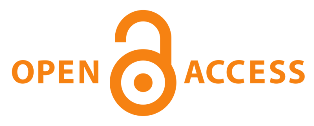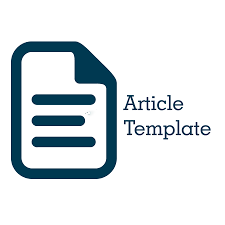Focus and Scope
Community Service Jurnal Sibermas (Sinergi Pemberdayaan Masyarakat) is a journal managed by the Institute for Research and Community Service of the Universitas Negeri Gorontalo with ISSN 2302-4798 (Print) and ISSN 2746-8917 (Online). This journal contains articles of community service with the scope of Training and Marketing that are utilized for community empowerment, SMEs and local communities; Community empowerment; Social Access; Community Service Activities by Students; Empowerment of Border Area Communities; Education for Sustainable Development; Community Empowerment Program; Design and Reach Appropriate Technology for Communities
Section Policies
Articles
Peer Review Process
Publication of articles in Jurnal Sibermas (Sinergi Pemberdayaan Masyarakat) is dependent solely on scientific validity and coherence as judged by our editors and/or peer reviewers, who will also assess whether the writing is comprehensible and whether the work represents a useful contribution to the field. Jurnal Sibermas (Sinergi Pemberdayaan Masyarakat) acknowledged the effort and suggestions made by its reviewers.
Initial evaluation of manuscripts
The Editor will first evaluate all manuscripts submitted. Although rare, yet it is entirely feasible for an exceptional manuscript to be accepted at this stage. Those rejected at this stage are insufficiently original, have serious scientific flaws, or are outside the aims and scope of the Jurnal Sibermas (Sinergi Pemberdayaan Masyarakat). Those that meet the minimum criteria are passed on to experts for review.
Type of peer review
Submitted manuscripts will generally be reviewed by two to three experts who will be asked to evaluate whether the manuscript is scientifically sound and coherent, whether it duplicates the already published works, and whether or not the manuscript is sufficiently clear for publication. The method is double blind peer review.
Decision
Reviewers advise the editor, who is responsible for the final decision to accept or reject the article. The Editors will reach a decision based on these reports and, where necessary, they will consult with members of the Editorial Board. Editor’s decision is final.
Open Access Policy
This journal provides immediate open access to its content on the principle that making research freely available to the public supports a greater global exchange of knowledge. This is an Open Access journal which means that all content is freely available without charge to the user or his/her institution. Users are allowed to read, download, copy, distribute,print, search, or link to the full texts of the articles, or use them for any other lawful purpose, without asking prior permission from the publisher or the author. This is in accordance with the BOAI definition of Open Access.






